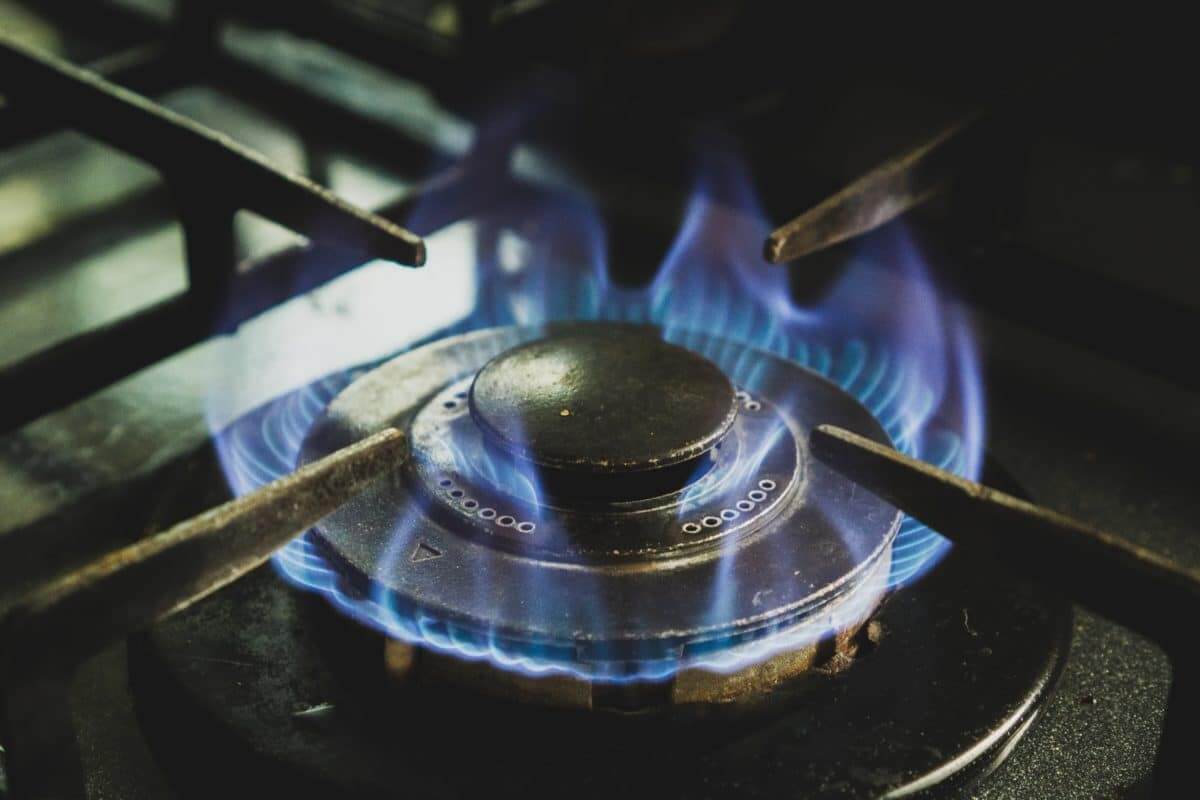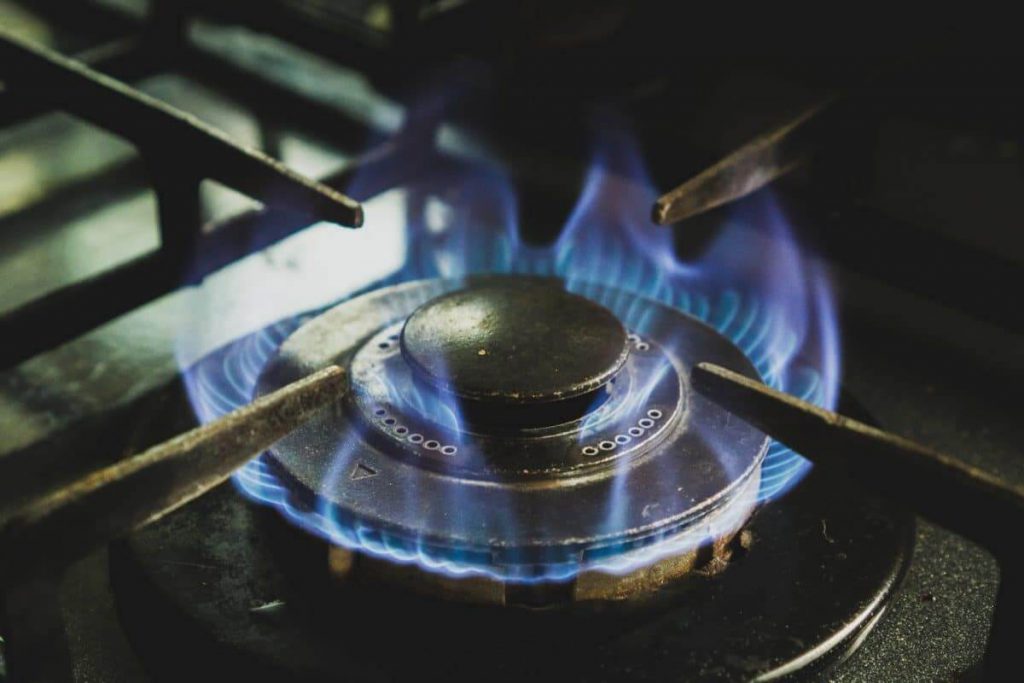
- U.S. natural gas futures fell for four consecutive sessions, with July futures down by 2.15% to $2.819.
- Decline driven by high production reduced LNG feed gas demand and MVP pipeline operations.
- Despite forecasts for record heat, natural gas futures remain bearish due to oversupply.
U.S. natural gas futures experienced a decline, with the July Nymex natural gas futures falling by 2.15% to $2.819. This decrease marked the fourth consecutive session of losses, continuing the bearish trend from the previous week. The drop in futures prices was due to increasing production and diminishing demand for liquefied natural gas (LNG) feed gas. Thereby overshadowing the potential impact of extremely hot weather conditions.
Natural gas prices declined despite predictions of the hottest weather pattern in 45 years. The main factors contributing to this decline included robust production levels and reduced demand for LNG feed gas. The announcement of the Mountain Valley Pipeline (MVP) becoming operational further exacerbated supply concerns, applying strong selling pressure on the market.
EIA Reports Natural Gas Production at 100 Bcf/d
Despite extremely hot weather forecasts, NatGasWeather reported a continued downward trend in natural gas futures. The 15-day forecast indicated the hottest conditions in the past 45 years based on cumulative cooling degree days (CDDs). Between June 17 and June 23, strong high pressure will most likely dominate much of the southern and eastern United States. Especially taking into consideration the temperature shifts between the 80s and 100s. Cities like Chicago will reach the mid-90s, while most East Coast cities will experience the 90s from Tuesday to Thursday. In contrast, the Northwest to Northern Plains will see cooler temperatures, with highs in the upper 50s to 70s due to weather systems bringing showers.
The U.S. further supported the bearish sentiment in the futures market. Energy Information Administration (EIA) storage report. The report revealed comfortable storage levels exceeding last year’s figures and the five-year average. Production in the Lower 48 states rebounded to 100 billion cubic feet per day (Bcf/d), increasing oversupply concerns. This discrepancy highlighted the complex dynamics affecting the natural gas market.
Shell to Buy Pavilion Energy, Adding 6.5 Mtpa Natural Gas Supply
Despite the extremely hot weather forecasts and high demand, the short-term outlook for natural gas futures remains bearish. Ample storage, rising production, and the MVP’s operational status influenced this outlook. However, the impending heatwave could provide some support for cash prices. From a technical analysis perspective, the short-term trading range will be between $2.518 and $3.159. The current pivot is going to be around $2.840. If downside momentum increases, a pullback to a longer-term pivot at $2.652, right before the 50-day moving average at $2.578. Resistance is identified at the 200-day moving average of $2.937.
On June 19, 2023, Shell announced its agreement to purchase Singaporean LNG company Pavilion Energy from global investment firm Temasek. Although financial details were not disclosed, the deal is valued in the hundreds of millions of U.S. dollars. This acquisition aims to bolster Shell’s leadership position in the LNG sector, providing the company with strategic access to gas markets in Europe and Singapore.
Shell’s LNG Growth Ambition: 20-30% Increase by 2030
Pavilion Energy brings 6.5 million metric tons per annum (mtpa) of LNG supply contracts from Chevron, BP, and QatarEnergy to Shell. These contracts source LNG from U.S. liquefaction facilities such as Corpus Christi Liquefaction, Freeport LNG, and Cameron LNG. Pavilion Energy also holds a long-term regasification capacity of approximately 2 mtpa at the UK’s Isle Grain LNG terminal. It has access to Singapore and Spain and an LNG bunkering business in Singapore.
Shell anticipates this acquisition will bring significant volumes and added flexibility to its global portfolio. The purchase will be absorbed within Shell’s existing cash capital expenditure guidance, which remains unchanged. The deal surpasses Shell’s internal rate of return hurdle rate for its integrated gas business and supports its 15-25% growth ambition for purchased volumes relative to 2022. Shell plans to expand its LNG business by 20% to 30% by 2030 compared to 2022, with global LNG demand projected to rise by over 50% by 2040.
Shell-Pavilion Energy Deal Completion Expected by Q1 Next Year
Temasek believes Shell is well-positioned to grow Pavilion Energy’s business and strengthen its global LNG hub in Singapore. Temasek will retain its wholly-owned unit, Gas Supply Pte Ltd (GSPL), which imports piped natural gas from South Sumatra in Indonesia. Pavilion Energy will novate its pipeline gas contracts with customers in the power sector to GSPL before completing the transaction. The deal excludes Pavilion Energy’s 20% interest in Blocks 1 and 4 in Tanzania.


